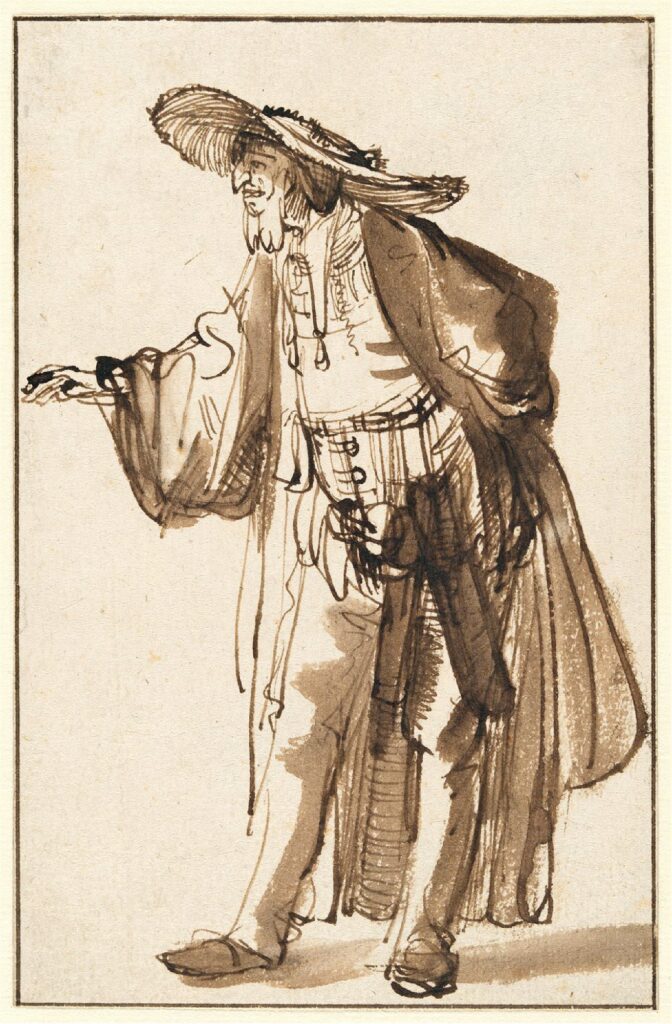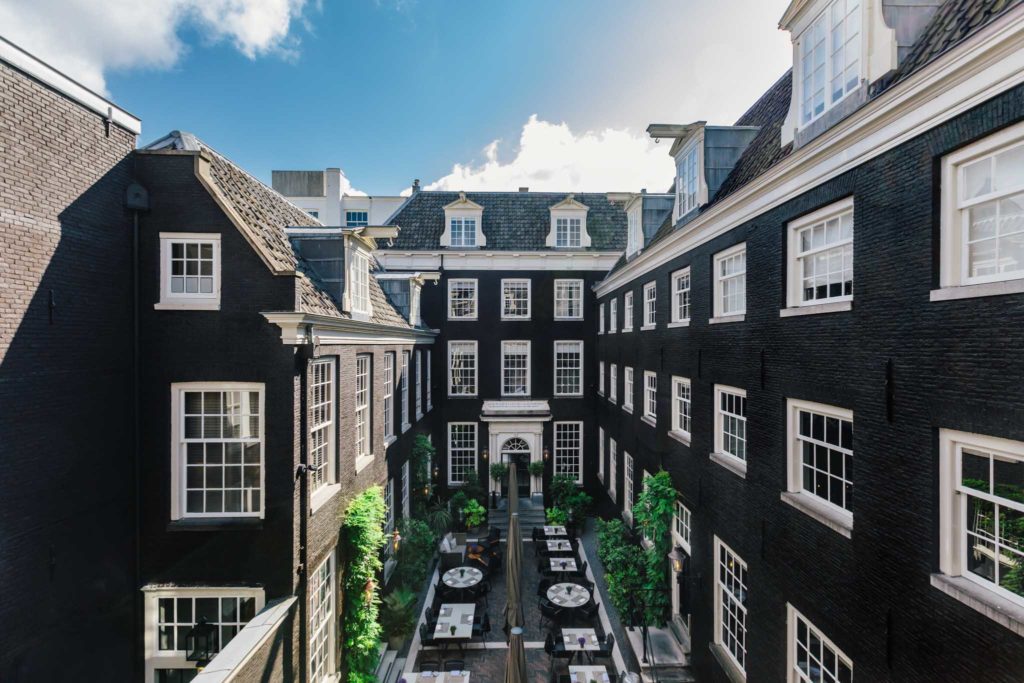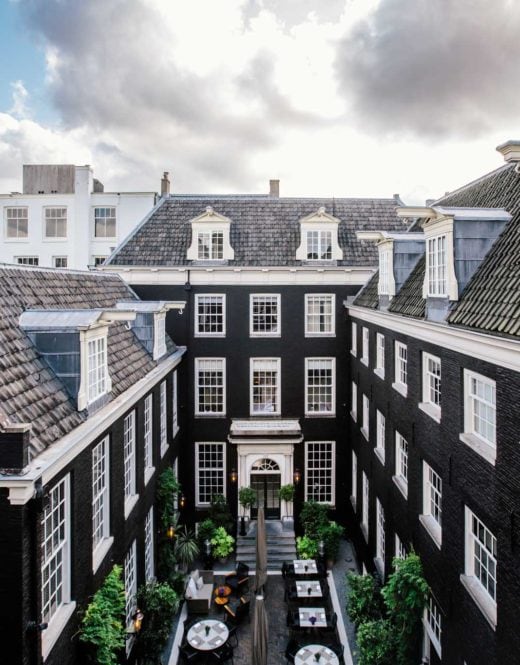By Imre Besanger, Historian and Theatre Producer
The Dylan Amsterdam is located at a magical place. In 1638, the first stone theatre in Amsterdam, and in The Netherlands, opened its doors on this location. This theatre was named “Schou(w)burg’’ by Joost van den Vondel, at that time one of Holland’s best known poets. Jacob van Campen, a famous architect, was commissioned to build the theatre with an Italian design. Later, he was also responsible for the design of the town hall (nowadays: Royal Palace) on Dam square.
The theatre would be the cultural heart and entertainment centre of the city for almost two hundred years. Many well-known guests visited the theatre, including Maria de Medici, the Russian tsar Peter the Great, the Prince of Orange and Vivaldi.
In 1737, on the 100th anniversary of the theatre, it was Antonio Vivaldi himself who conducted the theatre’s orchestra. However, the theatre was not only for the elite. Every inhabitant of Amsterdam could visit the theatre. Standing tickets were available for just a few pennies.In the first few years after the opening, the attentive visitor may have seen the painter, Rembrandt van Rijn, in the theatre. He was sketching inspiration for some of his most famous paintings.
In 1772, the building of the theatre caught fire and completely burned down. The theatre disappeared from the Keizersgracht. However, there are a few remains that have survived the fire. The present “Van Campen’s’’ doorway (main entrance gate) was spared and reminds us today of this location’s rich history. The following quote is presented on the gate: “The world is a play on stage, everyone plays his role and gets his part’’. The gate used to be part of a double gate, where the theatre tickets were sold. On the left and right side of the entrance, posters showed which performance was going to be played that day. The theatre shows started in the afternoon to still be able to play in daylight. After the payment was made, the seventeenth- and eighteenth-century men crossed the small forecourt and entered the theatre via a portal, similar to the current one. The theatre audience reached the large theatre hall through a narrow corridor. In the pure marble theatre hall, there were seats as well as standing room. The stained glass window behind the shelling ensured that daylight could fall on stage. The performance was played in the spotlight of the large chandeliers and a large number of candles. The audience only partially saw what was happening on stage – it was about seeing and being seen. The house lights could not go off. People smoked, talked and squashed. Orange vendors also loudly sold their products during the show.
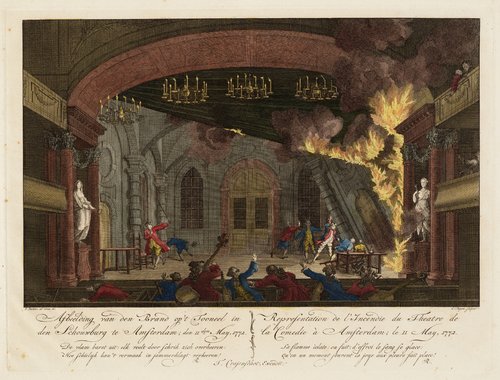
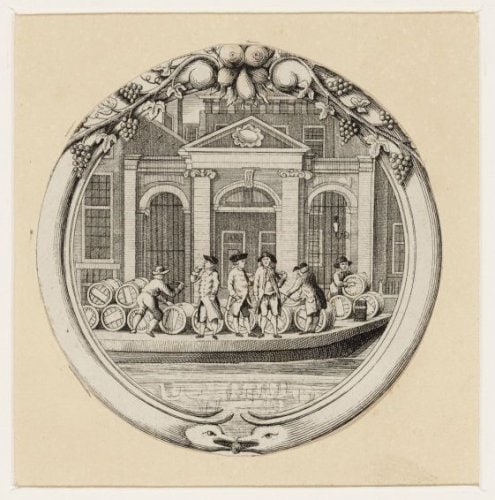
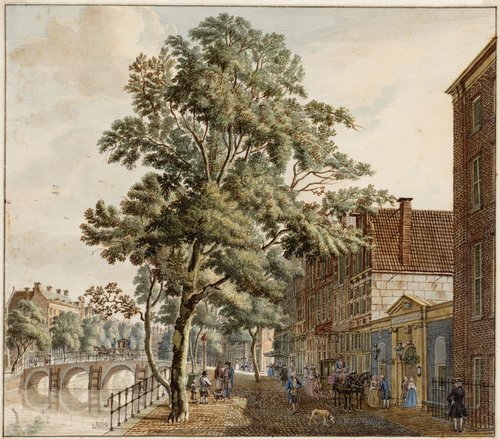
Some of the most famous Dutch theatre plays were born in this improbable witch’s cauldron, and one such play is Gijsbreght van Aemstel. This piece was written by Vondel for the opening of the Schouwburg. With this, he wrote a genesis myth for the city, in which medieval Amsterdam, like Troy, was undermined by a ruse with a horse. In this case, the peat ship “The Seahorse’’, which was brought into town with enemy soldiers deep in the hold. From the very beginning on January 3, 1638, the performance was a hit. “The Gijsbreght’’ was performed every year since then on the stages in Amsterdam, but this longest-standing theatre tradition in the world ended in 1968. This piece of pieces was revived by Theatre Kwast on its birthplace, on initiative of The Dylan Amsterdam. And so, Vondel’s alexandrines sound again on Keizersgracht and the audience shudders at the downfall of Amsterdam. Until the appearance of Archangel Rafael, who predicts that although the Amsterdam of Gijsbreght, will perish, the city will rise from the ashes as the Queen of Europe: the Amsterdam of the Golden Age. Rome almost right!
